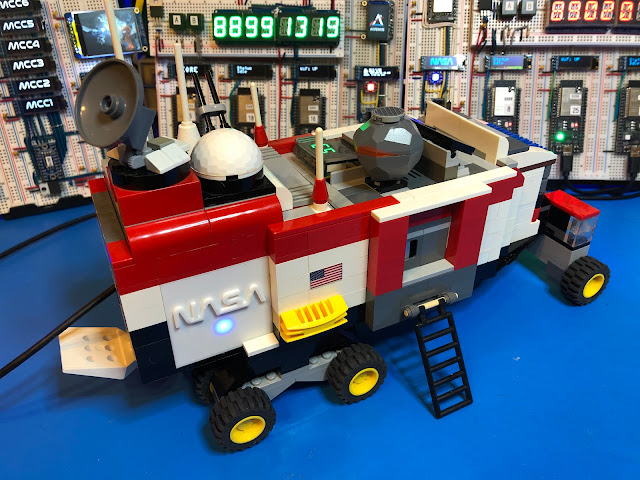The past few weeks since my previous post have been very busy with no much time left to write, but great progress in several fronts.
You will notice that this post and further post are now on a dedicated website for Interplanetary Networking (IPN,) so I can separate personal posts from those related to IPN, Delay and Disruption Tolerant Networking technologies and Space Communications in general. This will be the last article posted on both Blogs.
First the Good News, the InterPlanetary Networking Special Interest Group or IPNSIG has received its classification as a tax-exempt, non-profit charitable organization from the US Internal Revenue Services. This is an important milestone since it helps to complete the transition of our group to an independent Chapter of the Internet Society.
Great things to come in the near future about this.
On March 22nd, our group participated in the IETF 113 Conference (Internet Engineering Task Force) at the Delay Tolerant Networking Working Group (DTN-WG,) Vint Cerf was in attendance and provided an update on the State of the Art of DTN and IPNSIG.
Click on the image to watch a video of the session. Vint's presentation is the first one.
Also on April 1st we had another meeting of our IPNSIG Projects Working Group, were Vint was also in attendance, as well as group members from Europe, North and South America.
On the personal front I continue to work in my low cost prototype lab for testing and education using off the shelf hardware and the NASA JPL Open Source implementation of DTN and Bundle Protocol called ION (Interplanetary Overlay Network.)
Right now the network has about 15 nodes running on various SBCs, VMs and dedicated servers, plus 10 nodes using ESP32 based SBCs for sensor data collection, telemetry, etc.
While the hardware has been stable, some particular nodes changed with the addition of more displays, like the one serving as Mission Control Functions emulation.
Four of the nodes on my internal network are now in a full mesh configuration with external nodes part of the IPNSIG Test Network. For now testing with regular Bundle Protocol Pings or bping, but soon we will start testing other tools like Asynchronous Message Service, file transfers using CFDP (CCSDS File Delivery Protocol,) etc.
That's all for now, if you are interested to join our efforts feel free to contact me, also feel free to join the Facebook InterPlanetary Networking Group.
Cheers
Jorge


















